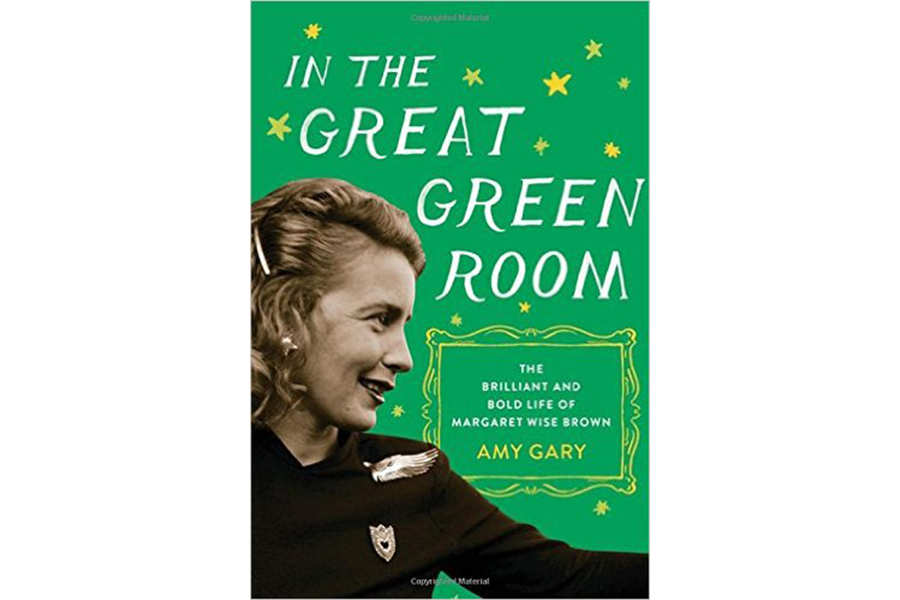Early on in In the Great Green Room, author Amy Gary's chatty, groundbreaking new biography of beloved children's book author Margaret Wise Brown,there's a scene from 1934 New York, when struggling young writer Brown attends a talk by Gertrude Stein and emerges from the lecture intent on forging a new style for her work.
Readers familiar with Margaret Wise Brown mainly through the calm serenity of her best-selling classics like "Goodnight Moon" and "The Runaway Bunny" might have trouble picturing their author as an insecure writer, but Gary, who in 1990 discovered a trove of Brown's unpublished manuscripts in an attic in Maine, has used her unrivaled familiarity with the author's life and times to craft a vivid portrait of a far more vulnerable and charismatic figure, a woman who knew from a very young age that she wanted to be a writer but spent a long time trying to figure out how to make that happen.
The change in approach inspired by Gertrude Stein's lecture did the trick; suddenly, Brown was getting commissions with publishers all over Manhattan and actually earning money. Another transformative influence was the legendary Harper & Row children's editor Ursula Nordstrom, who “had a knack for spotting talented writers and illustrators” – and an even stronger knack for promoting the living daylights out of the authors she loved. Nordstrom's efforts made 1942's "Don't Frighten the Lion" a hit and did likewise for "The Runaway Bunny" and a shelf of other works.
Gary smoothly intertwines the story of the writing of these now-classic books with the complicated and often tumultuous twists of Brown's personal life, and the effect is both intimate and revelatory.







